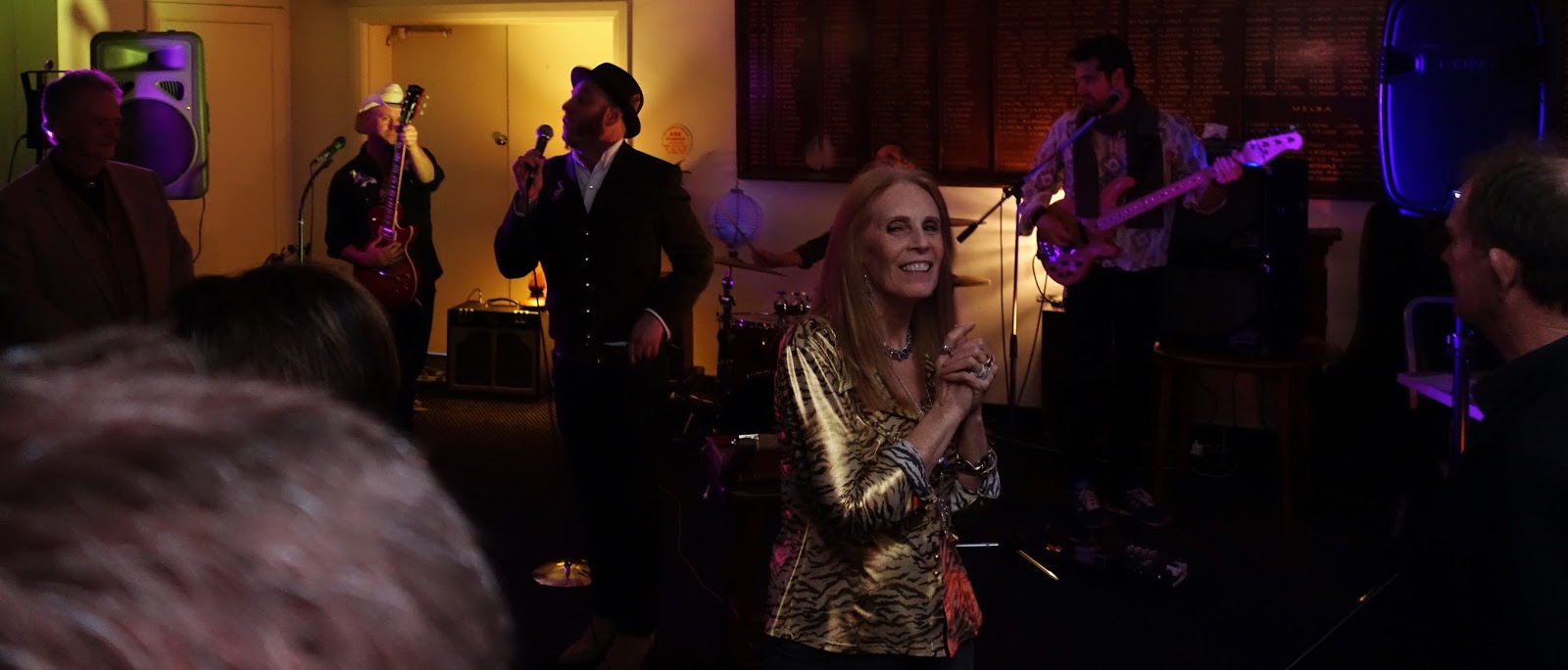 O'Leary Walker
Watervale Riesling 2014
O'Leary Walker
Watervale Riesling 2014
$20 , 12% alcohol;
screw cap; 94++ points
Consistently at the forefront of the fine, forceful
Rieslings of Watervale, the annual offering from O'Leary Walker is also
steadfastly in the front as far as sheer value goes. I don't know any other
producer who annually entraps the wonder of the Watervale slope with more
honesty and precision. There is no sophistry in this bottle.
Which can't be said of this back label, which mentions limestone. While the
winemakers of Clare would love to have Coonawarra-style limestone beneath their
terra rossa, fact is they don't. The chalky-looking stuff at Watervale is in
fact calcrete, not limestone. Limestone is old seabed, full of calcium, usually
from the skeletal remains of marine micro-organisms. Fossils.
In arid lands, calcium dissolved in the groundwater in
some soils forms a calcrete crust at the surface when rainwater packed with
carbon dioxide acts as an acid and pulls the calcium out of solution, forming a
crust that chemically is very similar to limestone, and indeed looks a bit like
it to the naïve eye, but otherwise is a very different gadget altogether.
Typical of the best Watervales, this wine smells like wet
chalk. Like the White Cliffs of Dover after a squall, or the eternally-damp
Kimmeridgian chalks below Champagne. Being ancient seabeds, these are not
calcrete, but they're full of calcium, like calcrete. Thus this lovely smell.
It makes me feel like I'm outside in one of those exotic places - Dover,
Champagne, Watervale - in blustery weather; a really good feeling.
That smell goes swimmingly with the citrus-like aromas of
some fine Riesling. The leaf, blossom and juice of lemons and limes. That's all
in here, too.
The wine has tight viscosity: it is not oily. It's lean
and lithe, with that rapier or whiprod of steely natural acid straight through
its austere, athletic heart. As it finishes, it layers the mouth with a savoury
dry phenolic also reminiscent of chalk. In this its stoic, ungiving youth, it
has not yet developed the warmer, very slightly honeyed soul such wines grow
with the years.
So tease yourself with it now, or stack it away for a
decade for romance.
In spite of it growing in calcrete, not old seabed, it goes
best with fresh seafood: flambé prawns or cockles with lemon and chilli, or
oysters so fresh they wince when you hit 'em with the lemon.
O'Leary Walker
Polish Hill River Riesling 2014
$22; 12% alcohol;
screw cap; 95+ points
While it's only a ten minute drive distant, the geology
in the Polish Valley is roughly 500 million years older than the Watervale
calcrete. On top of the difference in aspect and micro-climate, this aspect of
the Polish Valley terroir always produces Rieslings of a very different
style.
Compared to Watervale, Polish Hill River Riesling is less
austere and bracing. Typically, this one is perfumed and fruity. Sure, it has a
nose-itching powdering of summer dust, but beneath that I smell the clean soft
flesh of ly-chee and rambutan, cucumber and star fruit. While Watervale's
macho, blustery and seasidey, like a fisherman, this is a long-legged lass in a
polished straw hat and linen suit, soused in Issey Miyake. Freckles.
At first, the palate shares the Watervale's staunch acid
and austere lack of pudge, but give it a chance and you'll see some of the
creamier aspects of those tropicals beginning to flesh up the bones and sinews.
This effect will be very satisfactory in a decade. Brrrr.
This morning, it makes me dream of soft white bread
cucumber sandwiches with the crusts cut off. As the Casa Blanco bench won't do
that today, I'm having it with an extravagant slice of Tasmania winter truffle.
Boo hoo.
Many say that Riesling is far too adult and unflinching
for the average Ocker palate. In form, these wines are certainly the opposite
of the new wash of burnished, oily, Mediterranean varieties, or, indeed
Chardonnay.
Everything has its purpose. Young pristine Riesling is
not meant to be cuddly. Right now, these two superlative wines seem to exist
only to provoke bright questioning thought and a superior feeling, making me
very very happy.
And then there's them itty-bitty prices. Pretty hard to
complain about any of that.
O'Leary Walker
Adelaide Hills Sauvignon Blanc 2013
$18; 11% alcohol;
screw cap; 92 points
Since the Droggies redirected the history of Mount Lofty
Ranges white wines with the release of their first stunning Paracombe Savvy-Bs
decades back, this is the first version of that variety to seriously change the
gears.
Like Marlborough, New Zealand, the South Mount Lofty
Ranges and the Adelaide Hills (wherever they are) produce far too much
forgettable Sauvignon blanc. Cat piss and battery acid on the lawn clippings
sort of thing.
This wine is complex. It's musky, and vibrantly fruity in
a tropical market sort of way. It has some of those complex vanillinoids you'll
see in fresh jackfruit. It even smells comfortingly of Lucas' Paw Paw ointment.
And there's just that little hint of burlap, as if a tuk tuk's just dropped in
a fresh damp sack of star fruit, straight outa the jungle.
Methinks the wine's had a barrel of oak included in its
big tank, and maybe a tiny bit of it's had the wild yeast, lees-stirring
business. The dudes have got it right.
The palate's still skinny and a tad crunchy, which is
what the salt'n'pepper squid cadre seem to expect of their Savvy-B. But's it's
not short. It sits there in the palate, daring you to throw more squid batter
at it.
I'd prefer some grilled seafood which provides its own
comforting fat, like scallops and prawns. Bean sprouts, cucumber. Green chicken
curry. Steamed rice.
Once again, a stunning price.
Bring on the spring!
.






































